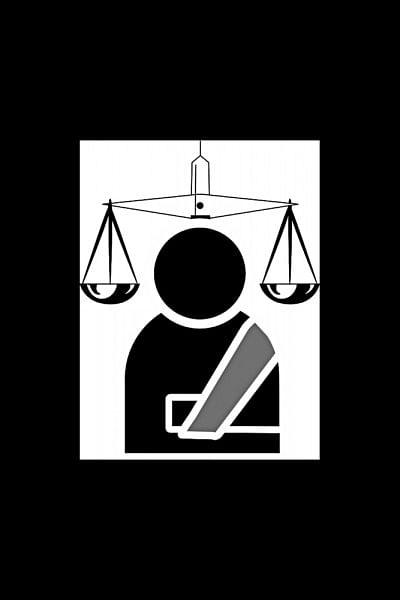The effectiveness of environment courts

The Environment Court Act 2010 was passed with a view to ensuring the expedited disposal of environmental cases.To that end, itdirects for the establishment of Environment Courts in each district headed by a Joint District Judge and provides that a Special Magistrate's Court also be established in the same. The law facilitates both civil and criminal procedures, encompassing penal sanctions up to 10 years as well as a maximum compensation of 10 lacs. These provisions make for an ambitious undertaking but the courts are not functioning as envisaged because of some obvious loopholes.
Firstly, there is no requirement for a judge of the Environment Court to possess technical knowledge in the field of environmental law, without which proper judicial observation cannot be guaranteed. The Judge of the Environment Court is expected to hear the cases under this Court alongside his general duties, which makes his job particularly cumbersome. Moreover, the environment court cannot take actions suo motu.
Furthermore, people's access to environmental justice is seriously strained by the complex procedural hurdles. The court proceedings can only start in accordance with the written report of the departmental inspector. However, in the case of failure of the inspector to complete the investigation within 60 days of a request, the court may order the investigator to investigate the case or may receive the case directly from individuals without a report. The problem with the former option is that no time period has been specified within which the investigation should be completed.
Sections 10 and 14 of the Act stipulate that a case must be disposed within 180 days which can be extended to an additional 90 days by submitting a written explanation. Multiple subsequent steps are envisioned regarding further delays as well. This, along with the application of the Code of Civil Procedure (CPC) and Code of Criminal Procedure (CrPC) provisions for the procedural aspects of the cases makes the law ill-equipped to effect speedy and effective disposal mechanism.
To sum it up, it may be said that removing the barriers to the accessibility of the environment Courts and bridging the gaps in its scope and jurisdiction may encourage the courts to realise environmental justice in Bangladesh.
The writer is a PhD candidate, Department of LAW, University of Malaya.

 For all latest news, follow The Daily Star's Google News channel.
For all latest news, follow The Daily Star's Google News channel. 



Comments